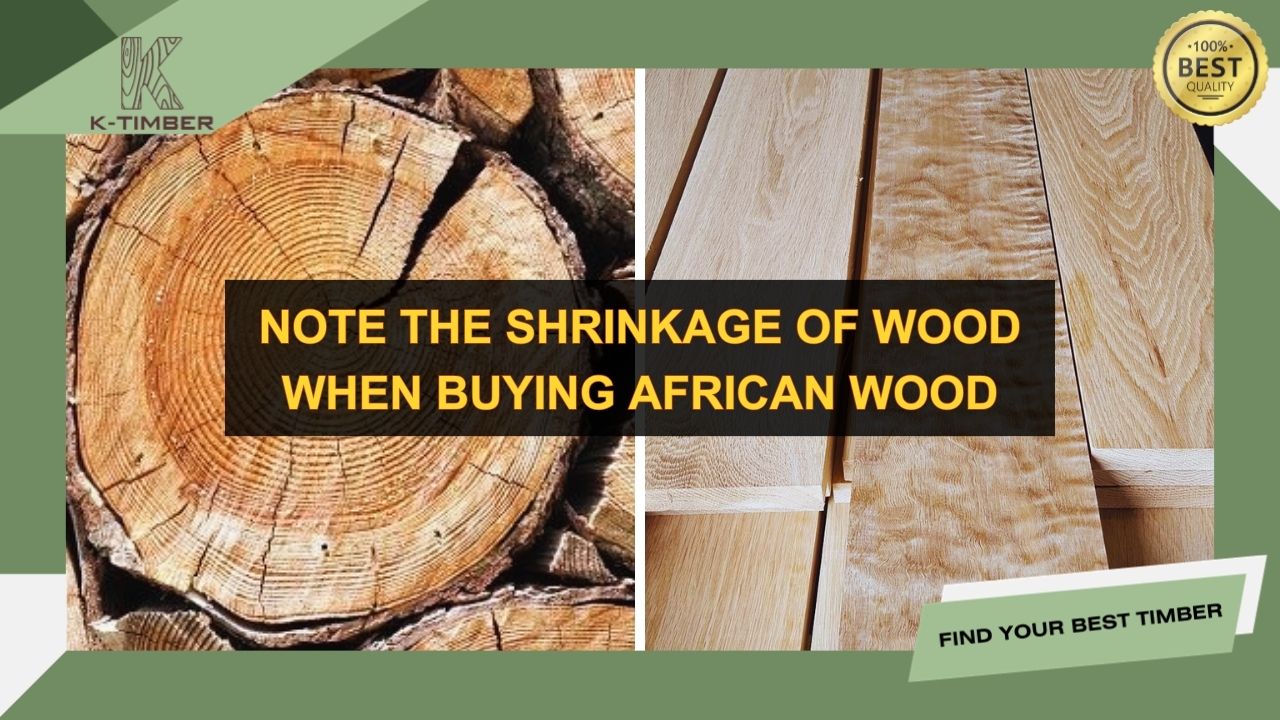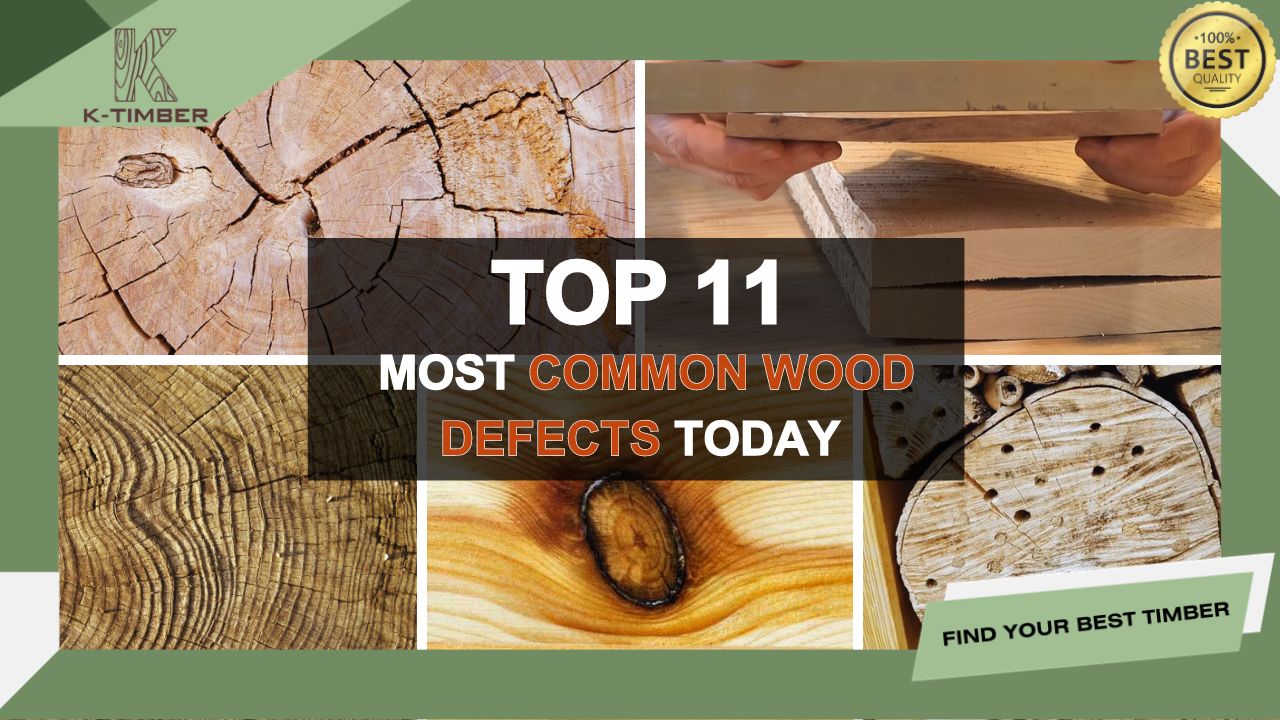Eucalyptus wood is both beautiful and durable, but its natural oils make staining tricky. This guide unlocks the secrets to achieving a stunning, long-lasting eucalyptus wood finish. Learn why traditional stains struggle and discover the best oil-based finishes to enhance the natural grain and protect your furniture. From choosing the right oil (boiled linseed, tung, or teak) to application techniques, this comprehensive guide empowers you to create a piece that reflects your style and endures. Discover the best finish for eucalyptus wood, for furniture that shines for years.
Table of Contents
Understanding Eucalyptus Wood Finish
The Characteristics of Eucalyptus Wood
Eucalyptus wood is a beautiful and functional choice for furniture, boasting exceptional strength and natural water resistance. This makes it ideal for outdoor pieces, as its durability ensures your furniture will withstand the elements for years to come.
- Natural Beauty: Eucalyptus boasts a rich color palette, ranging from pale beige to reddish-brown.
- Exceptional Strength: The dense grain of eucalyptus wood makes it incredibly strong and long-lasting.
- Water Resistance: This natural characteristic makes eucalyptus perfect for both indoor and outdoor furniture.
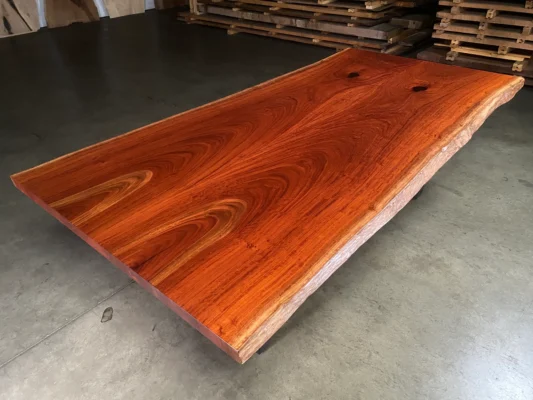
=> Watch more: Eucalyptus Wood: Properties, Characteristics & Uses
Why do you have to Stain Eucalyptus Wood Products?
Eucalyptus wood boasts a naturally beautiful golden brown color that matures to a richer, warmer tone over time. However, staining can be a desirable option for several reasons when it comes to eucalyptus wood furniture finishing:
- Enhancing Color: While eucalyptus has a lovely natural color, the stain can be used to achieve a specific color preference or to create a more uniform appearance, especially if the wood has variations in color tone.
- Highlighting Grain: Stain can subtly accentuate the beautiful grain patterns of eucalyptus wood, adding depth and dimension to the overall aesthetic.
- Rejuvenating Aged Furniture: Over time, exposure to sunlight can lighten the natural color of eucalyptus wood. Stain can be used to restore a richer tone and refresh the appearance of older furniture.

The Challenges of Staining Eucalyptus
While achieving a beautiful finish on eucalyptus wood is certainly possible, staining it with traditional methods can present a unique challenge. Here’s why:
- Dense Grain: Eucalyptus boasts a naturally tight grain, making it difficult for traditional wood stains to penetrate evenly. This can result in an uneven or blotchy finish that detracts from the wood’s beauty.
- Natural Repellency: Eucalyptus wood’s high oil content naturally repels moisture, including water-based stains. This makes it challenging for stains to fully absorb into the wood, hindering the desired color effect.
- Considering Alternatives: Due to these challenges, achieving a colored finish on eucalyptus wood often requires alternative approaches. Oil-based finishes, such as Danish oil, can be a better option for adding color while enhancing the wood’s natural grain.
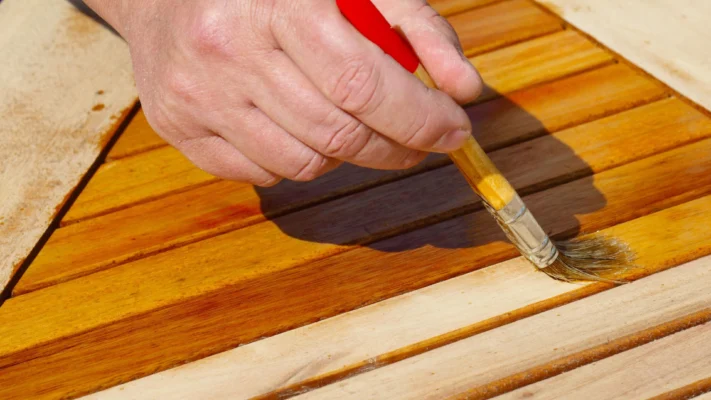
How to create a stunning Finish for Eucalyptus Wood
Eucalyptus wood, prized for its strength, natural beauty, and weather resistance, is a popular choice for furniture and design. However, its tight grain and water-repellent nature can pose a challenge when achieving a desired finish. This guide unveils the secrets to unlocking the full potential of eucalyptus wood, allowing you to create a stunning and long-lasting finish that highlights its natural elegance.
Recommended Oil-Based Finishes:
Oil-based finishes are a popular choice for eucalyptus wood due to their ability to penetrate deeply and enhance the wood’s natural grain. Here are some popular options:
- Boiled Linseed Oil: Considered the best finish for eucalyptus wood, this natural oil offers excellent protection against moisture, scratches, and rot. While it doesn’t stain the wood in the traditional sense, it deepens the existing color for a richer look. Boiled linseed oil dries faster than raw linseed oil, making it a convenient choice for eucalyptus wood finishes.
- Tung Oil: Tung oil provides superior water resistance and a beautiful satin sheen. It penetrates deeply into eucalyptus wood, creating a durable finish that enhances the natural grain. Tung oil requires multiple coats for optimal protection and dries slower than boiled linseed oil, so factor in drying times between applications.
- Teak Oil: This versatile oil offers UV protection, making it ideal for outdoor eucalyptus furniture. Teak oil enhances the natural color of the wood and is relatively easy to apply. However, it requires regular maintenance to ensure lasting protection.
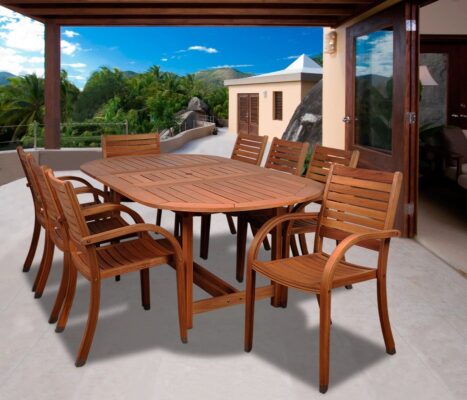
A Step-by-Step Guide on How to Properly Apply Eucalyptus Wood Finish
Achieving a beautiful and long-lasting finish on your eucalyptus wood furniture is easy with this step-by-step guide:
- Preparation: Begin by thoroughly cleaning the surface with a damp cloth to remove any dust, dirt, or debris. For heavily soiled furniture, consider a light sanding with fine-grit sandpaper (around 150 grit) to achieve a smooth and even surface. Allow the wood to dry completely before proceeding.
- Oil Application: Choose an oil specifically formulated for eucalyptus wood finishing as mentioned in above. Wipe away any excess oil with a clean rag to prevent a sticky finish. Allow the first coat to dry completely according to the manufacturer’s instructions (typically several hours).
- Building the Finish: Apply additional thin coats of oil for a richer and more durable finish. Two to three coats are generally recommended for optimal results. Lightly sand the surface with fine-grit sandpaper between coats to ensure a smooth and even application. Always allow ample drying time between coats for best results.
- Finished Product: Once the final coat has dried completely, buff the surface with a soft cloth to increase the natural luster of the eucalyptus wood. Now you can enjoy your beautifully finished eucalyptus furniture for years to come!
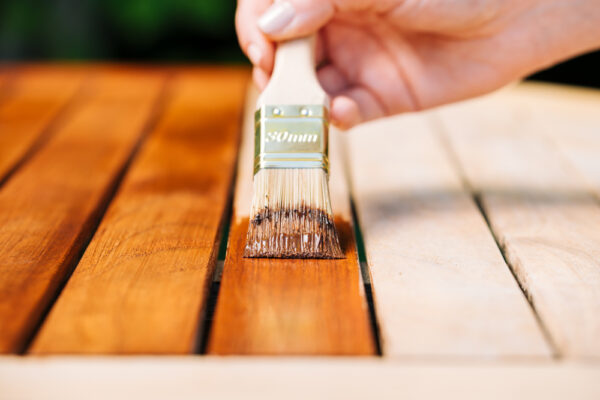
FAQs
Eucalyptus wood boasts a beautiful natural appeal, but protecting and enhancing its character requires the right finishing touch. Here, we answer some of the most common questions regarding finishing eucalyptus wood:
- How many coats of finish should I apply? Generally, 2-3 thin coats of finish offer optimal results. Allow each coat to dry completely before applying the next. Buff lightly between coats with fine-grit sandpaper for a smooth, even finish.
- Does eucalyptus wood require a sealant? Not necessarily, as eucalyptus offers inherent weather resistance. However, if the wood will be exposed to frequent moisture or direct sunlight, applying a sealant on top of your chosen finish (like a polyurethane topcoat) can provide an extra layer of protection.
- How do I maintain a eucalyptus wood finish? Regularly dust your eucalyptus furniture with a soft, dry cloth. Depending on the type of finish used, occasional cleaning with a damp cloth might be sufficient. Avoid using harsh chemicals or abrasive cleaners, as they can damage the finish.
- Are there any safety concerns when finishing eucalyptus wood? Eucalyptus wood dust can irritate the skin and respiratory system. Always wear gloves, a dust mask, and safety glasses when sanding or working with eucalyptus wood. Additionally, ensure proper ventilation in your workspace when applying finishes.
Conclusion
Eucalyptus wood’s beauty and durability are undeniable, but achieving the perfect finish requires specific knowledge and experience. This guide has provided a detailed guide on eucalyptus wood finish, from understanding staining challenges to mastering oil-based application techniques.
With this newfound knowledge, you can unlock the full potential of your eucalyptus furniture, creating a piece that reflects your style and endures for years to come.
Ready to begin your eucalyptus wood project? If you are looking for a reliable and competitively priced source of Eucalyptus and other African woods, contact K-TIMBER today.
- VIETNAM (K-TIMBER): 169 Nguyen Ngoc Vu Street, Cau Giay District, Hanoi.
- ANGOLA (HATC WOOD AFRICAN): Av. Pedro de Castro Van-Dúnem Loy, Luanda, Angola.
- Phone: (+84) 85 555 5304
- Email: [email protected]






